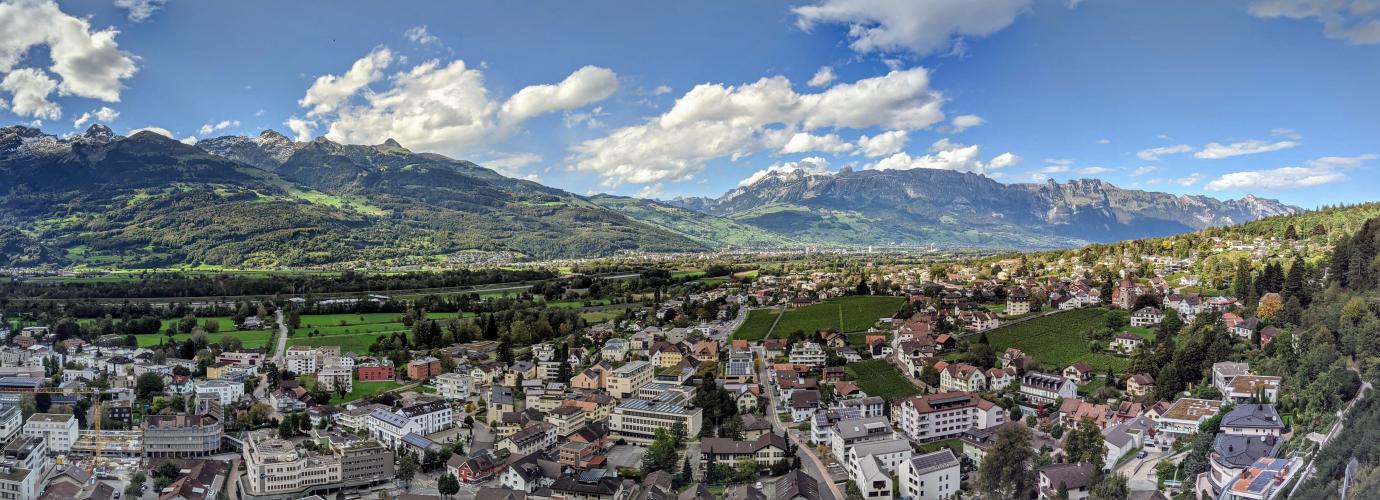Secondary education is divided into lower and upper secondary level. It is marked by two selective moments for the pupils.
Lower secondary level forms the second part of compulsory schooling and its task is to prepare pupils for entry into upper secondary level. It comprises three types of school with differing performance levels: Oberschule, Realschule and the lower level of the Gymnasium (grades 1-3).
For pupils who, at the end of the compulsory schooling, have been unable to find or to decide on a suitable upper secondary education course (general or vocational) there is the ‘bridging’ option of staying at school for the voluntary 10th year.
Upper secondary level includes general and vocational courses and belongs to the post-compulsory sector:
- The general courses include those provided by schools which offer the ‘Matura’ school leaving certificate (baccalaureate): the Gymnasium (baccalaureate schools), the Berufsmaturitätsschule (vocational baccalaureate school) and Fachschule/Fachmittelschule (schools offering a specialised baccalaureate). They are not aimed for professional qualification but prepare students for courses at Higher Education Level (ISCED 5A).
- The vocational education and training programmes include basic vocational education in the dual system (apprenticeships) or as full-time school-based courses (VET schools). The courses lead directly to professional qualification and/or prepare students for programmes at tertiary level. During apprenticeship a vocational baccalaureate (Berufsmatura) can be gained optionally.
The nine years of compulsory schooling (primary and lower secondary level) are followed for around 65% of young people in Liechtenstein by a basic vocational education and training (apprenticeship) with or without an integrated vocational bacccalaureate (chapter 6.4). Around 25% of students attend a general upper secondary baccalaureate school (Gymnasium) offering a 'Matura'. A small percentage of students attend specialised schools’ (Fachschule/Fachmittelschule) or they find a job in the workplace as semi-skilled workers.
Responsibility for the public schools at secondary level lies with the state. In all there are three Oberschulen, five Realschulen and one Gymnasium.
In addition to the public schools there are two private schools which offer courses at secondary level (the Liechtenstein Waldorf School and the bilingual school formatio Bilingual Private School. The private schools receive a grant from the state for each pupil and receive further financing through school fees and donations.
The majority of students at lower secondary level attend a public school. At upper secondary level the educational opportunities of Switzerland and Austria as neighbouring countries are of increasing importance. Thus, for example, the entire school-based part of the basic vocational education takes place in Switzerland. Liechtenstein contributes both directly (through shareholding) and indirectly (through participation in inter-cantonal finance agreements) to the running costs of these educational institutions. In Austria it is primarily boarding schools and baccalaureate schools that are attended by Liechtenstein pupils.
References:
- Law on Schools of 15th December 1971 (SchulG)
- Ordinance of 6th July 2004 on the Organisation of Public Schools (School Organisation Ordinance, SchulOV)
- Ordinance of 14th August 2001 on Admission to Secondary Level I and Progression and Transfer therein
- Ordinance of 14th August 2001 on the Curriculum of, Progression through and School Leaving Examination in the Upper Secondary Level of the Liechtenstein Gymnasium
- Ordinance of 25th September 2001 on the Liechtenstein Vocational Upper Secondary School (Berufsmittelschule Liechtenstein)
- Ordinance of 29th August 1995 on the Voluntary 10th School Year
- Law of 13th March 2008 on Vocational Education and Training
- Ordinance of 8th July 2008 on Vocational Education and Training

